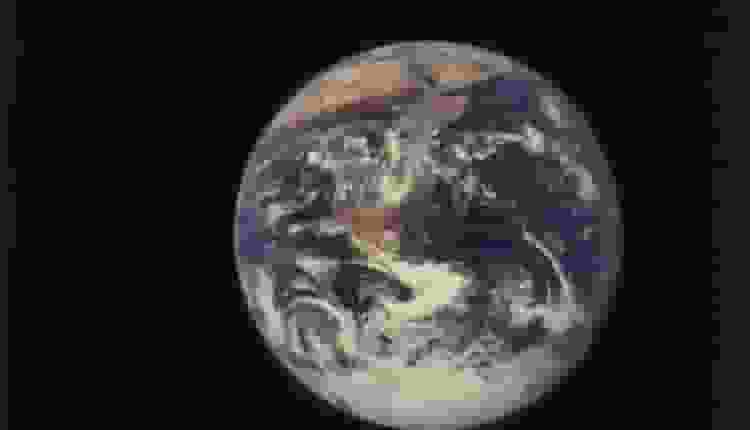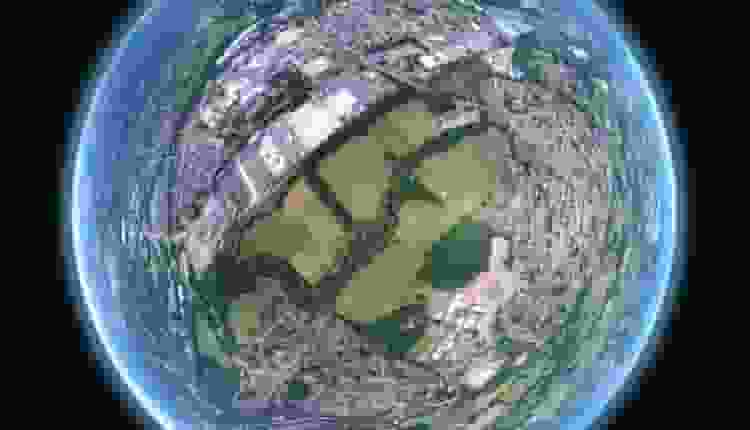
The solid inner core of the Earth might not be entirely solid after all. Instead, it is a patchwork of solid and liquid that is dispersed across the entire interior.
The inner core of the planet may be more diversified than previously thought, according to new research based on the weak echoes of earthquake waves that return to the planet’s surface from its depths.
Liquid Iron Trapped Inside Earth’s Core
The results suggest that the inner core may have developed more quickly earlier in Earth’s history.
Currently, the inner core expands by roughly a millimeter (0.04 inch) every year as the liquid outer core freezes.
Keith Koper, a seismologist at the University of Utah, who is the study’s senior author, added that there may also be swirls of liquid iron trapped inside the solid core.
The inner core grew extremely quickly in the past, according to Koper. Once it found equilibrium, it began to develop considerably more slowly. Some liquid iron might still be present since not all of the iron solidified.
A solid ball made primarily of iron and nickel makes up the interior of the earth. The outer core, a sea of molten iron and nickel that is roughly 1,400 miles (2,260 km) thick, spins inside the inner core, which is around 1,520 miles (2,440 km).
Read more: NASA Warns Of Massive 91-Meter-Wide Asteroid Approaching Earth
Understanding Earth’s Magnetic Field

The magnetic field of the planet is produced by the whirl of metal at its center. The outer core has slowly solidified through time, but it is unclear how swiftly this process has progressed, which also raises concerns about the evolution of the Earth’s magnetic field.
Koper and his team used data from 20 seismometers installed to measure earthquake waves and watch for nuclear weapon testing because there is no way to access the core directly.
In other words, the inner core is a patchwork of various textures since it didn’t solidify uniformly.
Read more: Strategic Advantage: China’s Dominance In Rare-Earth Elements And Potential Implications

